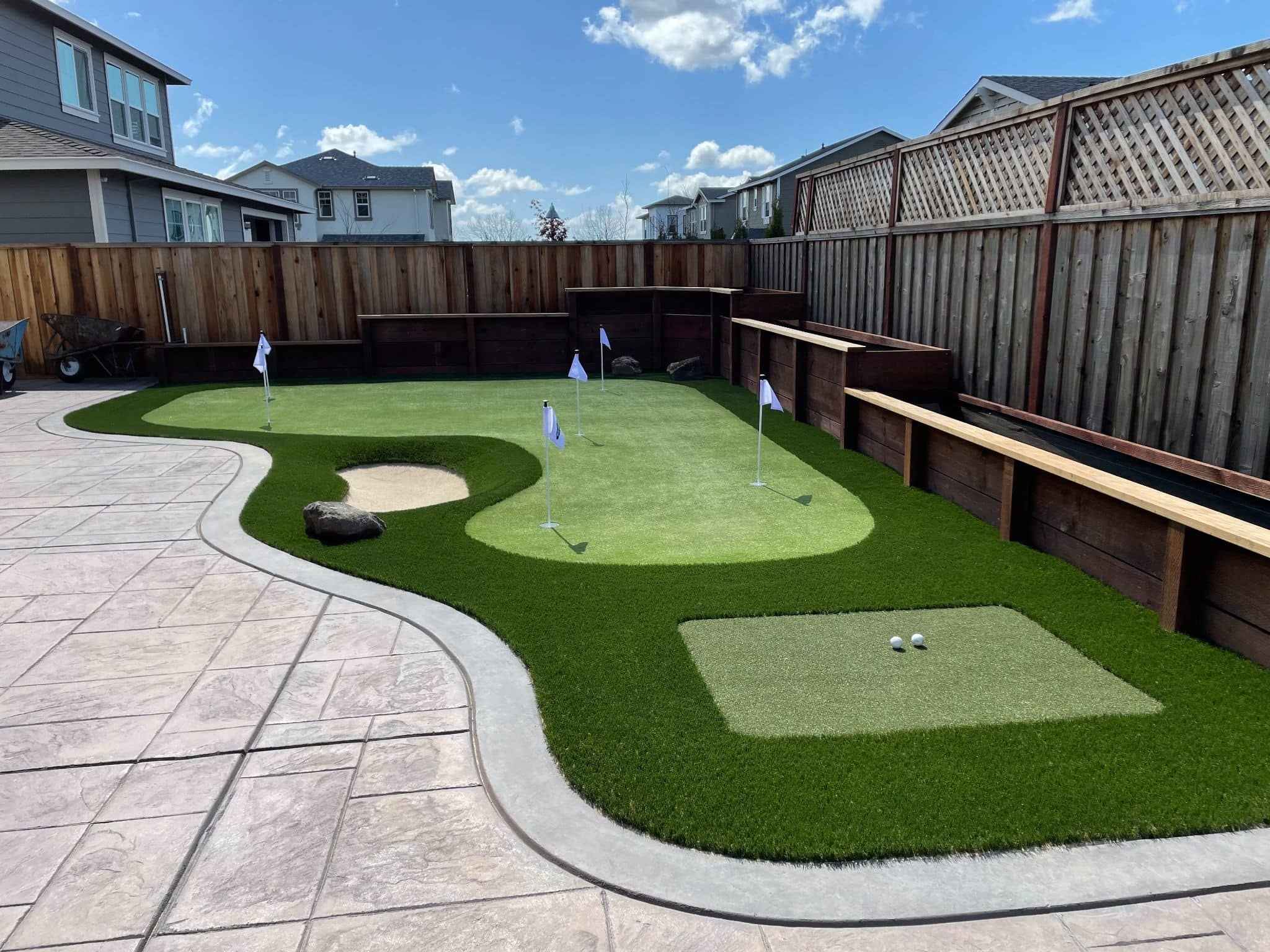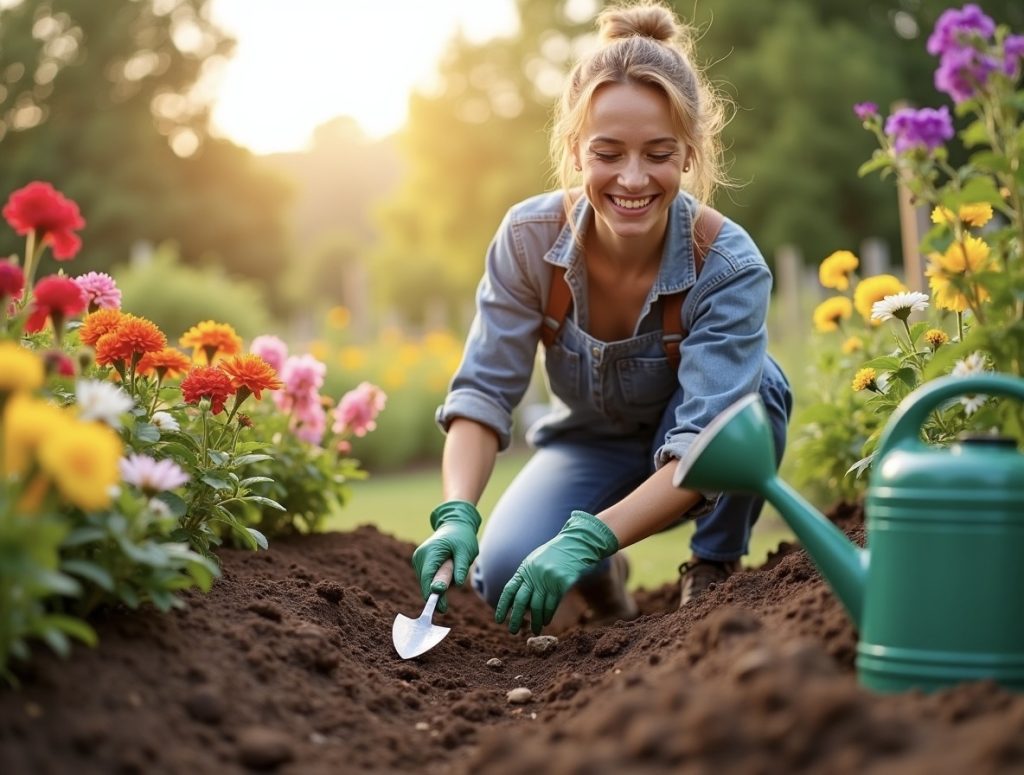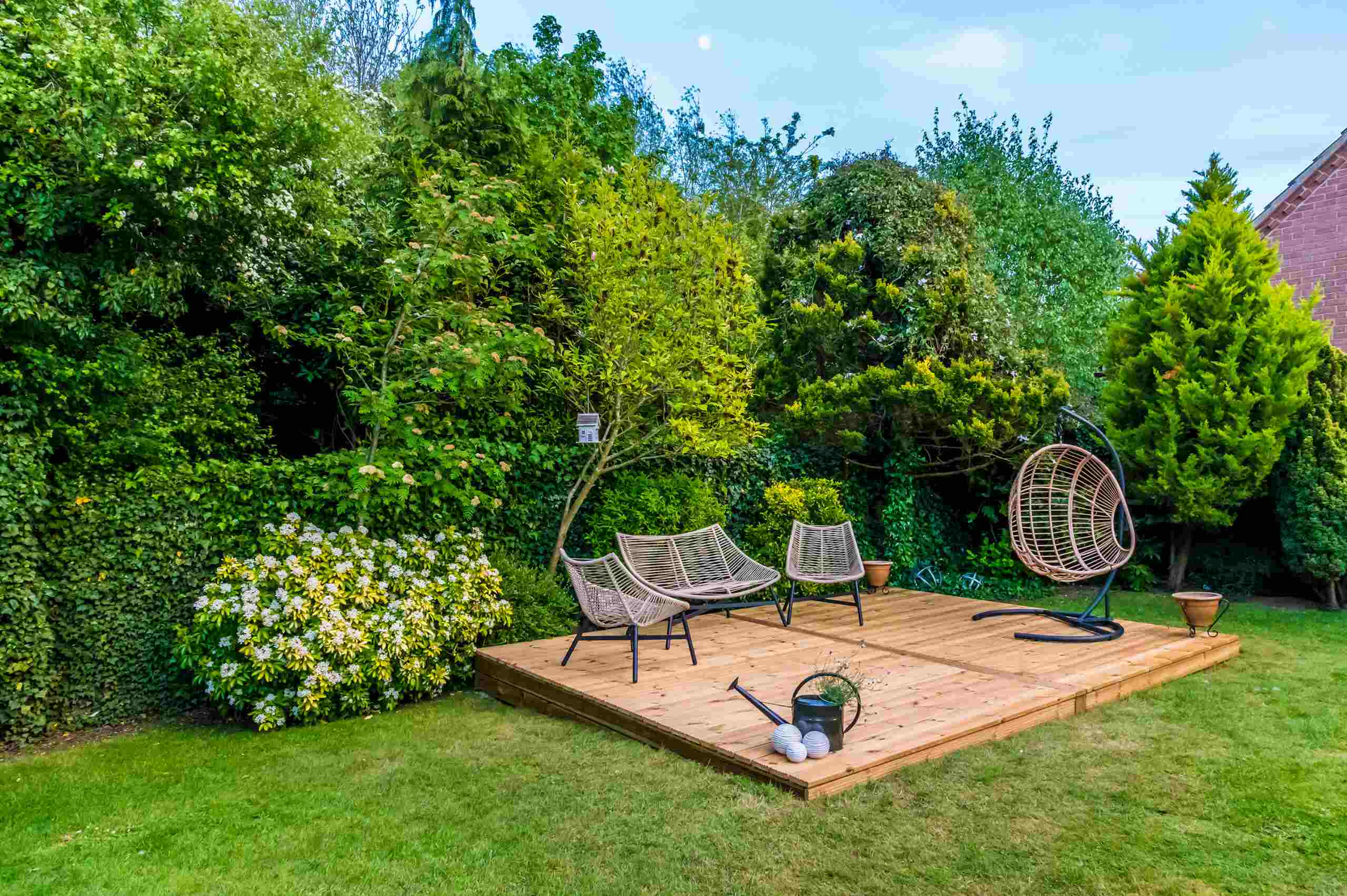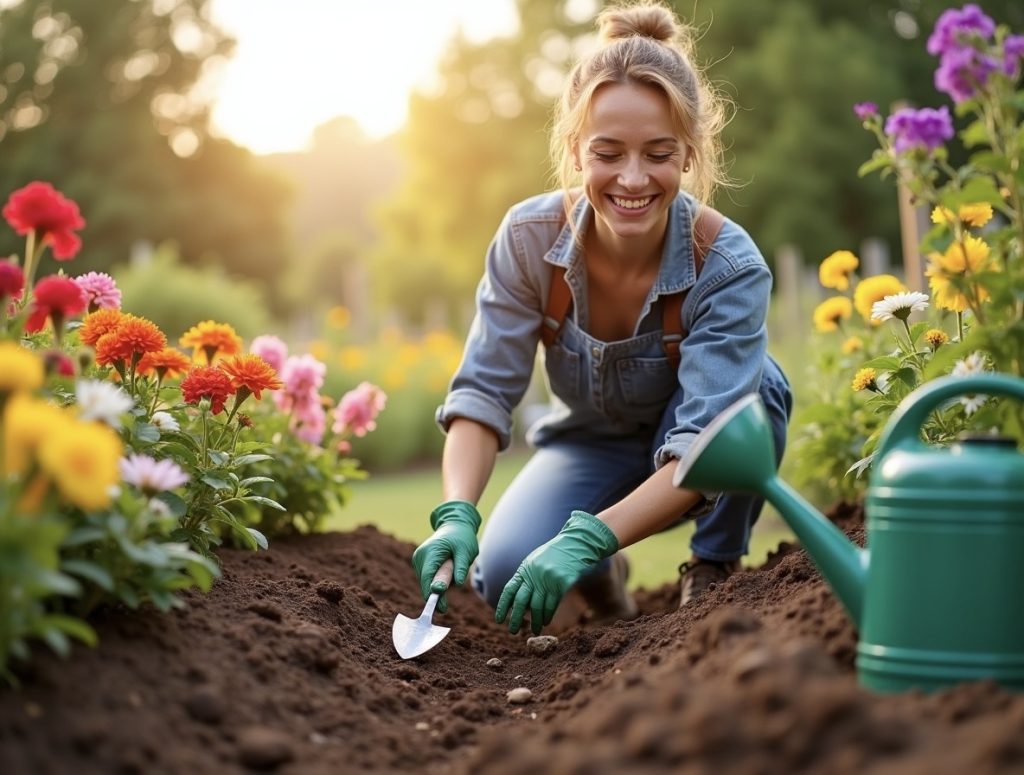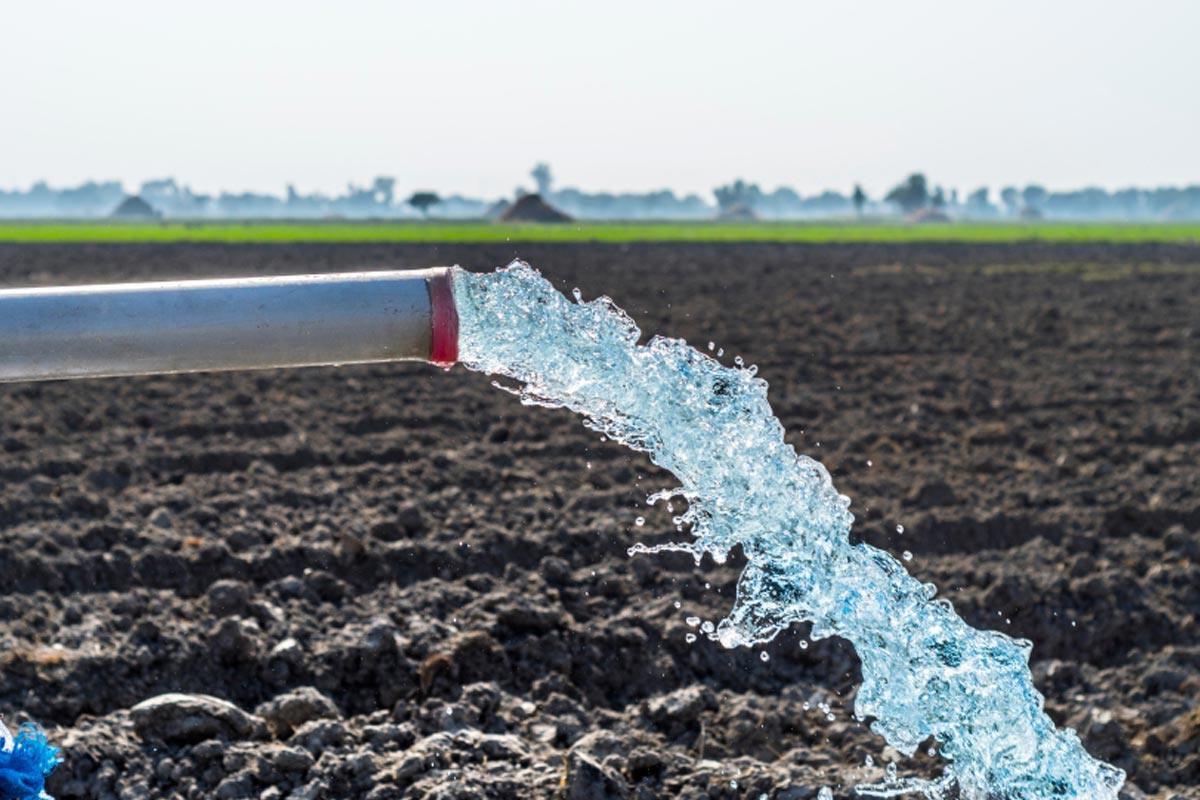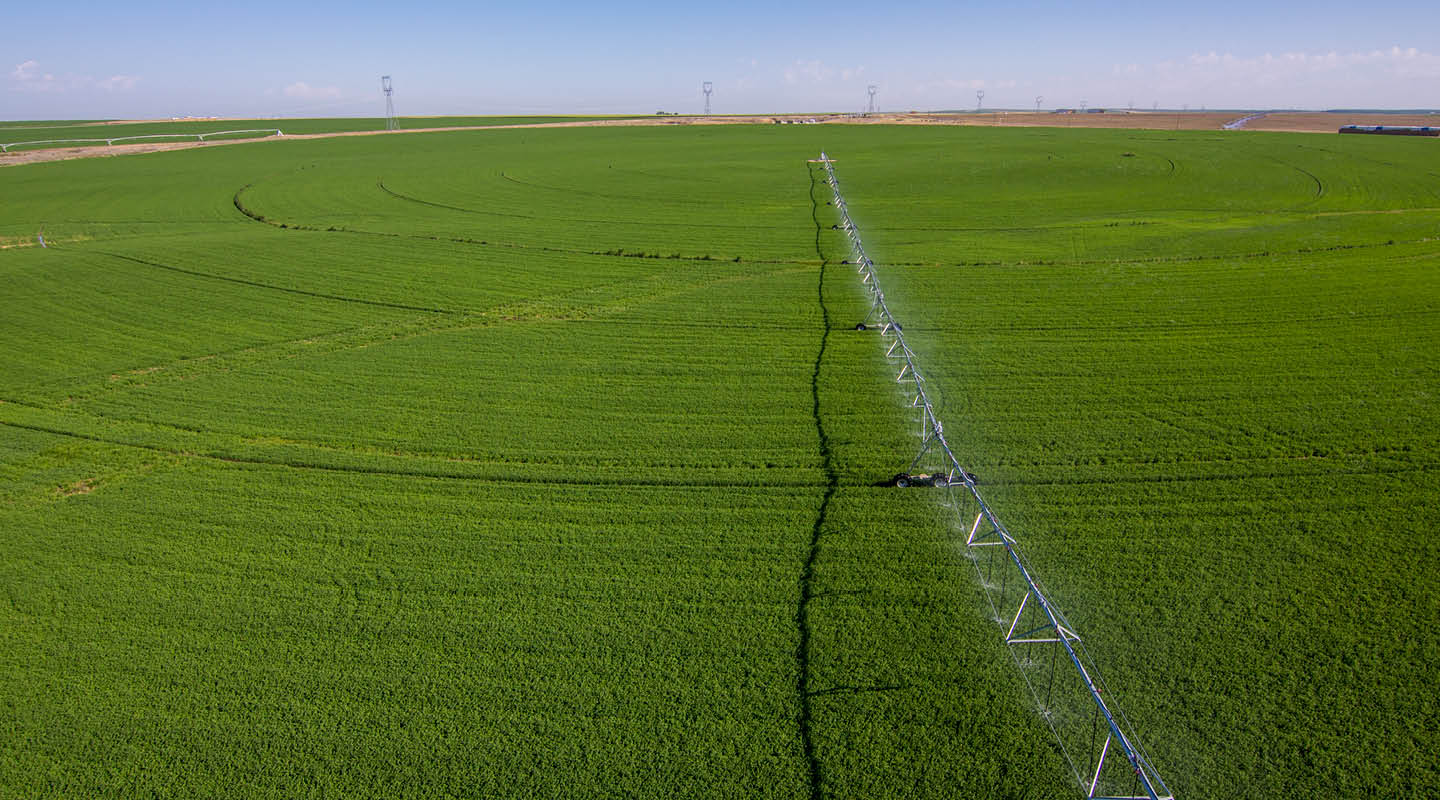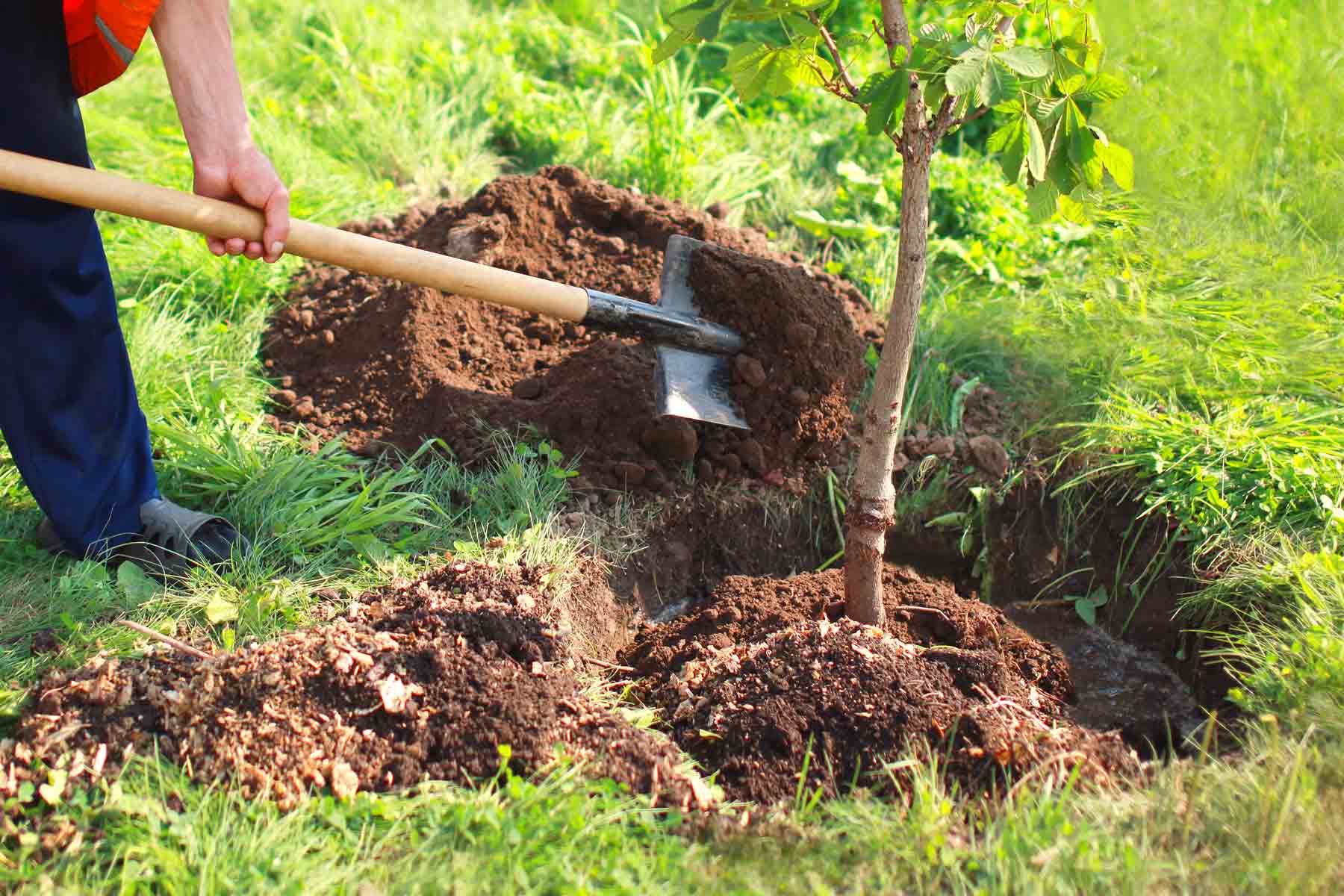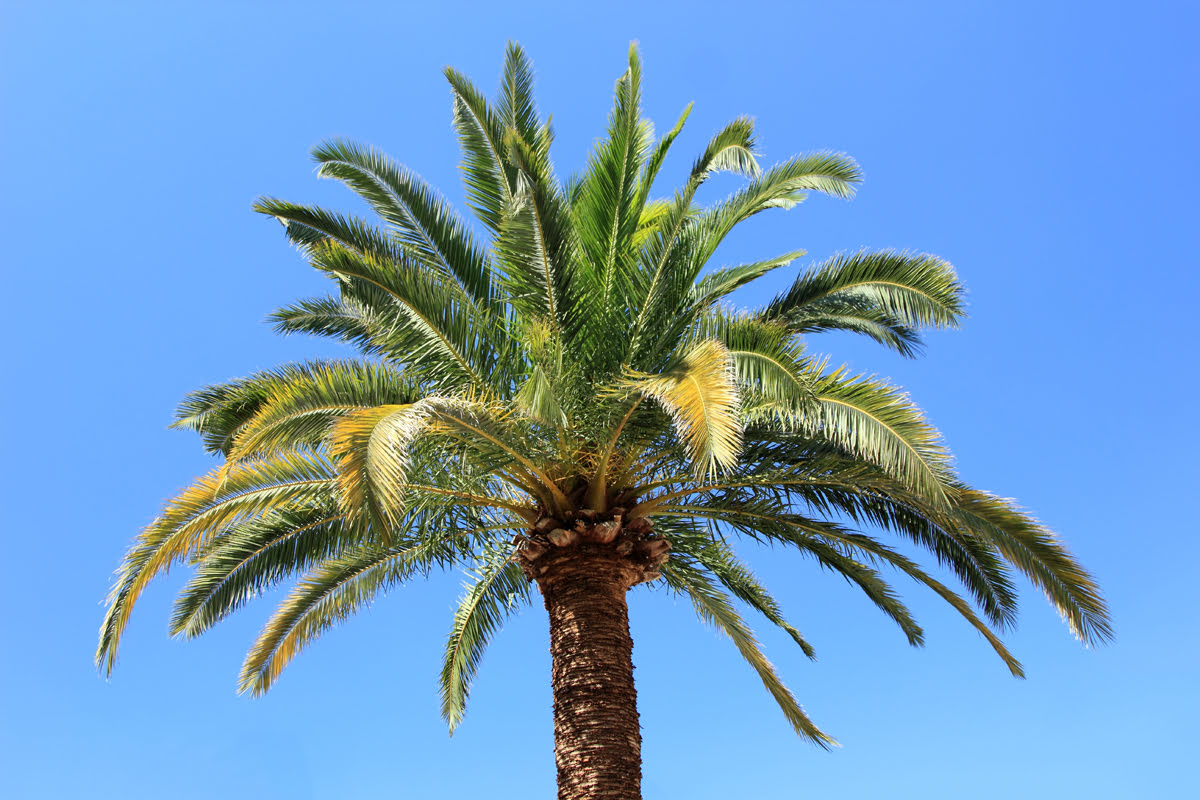Home>Gardening Techniques>DIY Projects>How Much Does It Cost To Put A Putting Green In Your Backyard


DIY Projects
How Much Does It Cost To Put A Putting Green In Your Backyard
Modified: August 29, 2023
Discover the cost of installing a putting green in your backyard and learn about DIY projects to create your own. Transform your outdoor space into a golfer's paradise today!
(Many of the links in this article redirect to a specific reviewed product. Your purchase of these products through affiliate links helps to generate commission for Chicagolandgardening.com, at no extra cost. Learn more)
Table of Contents
Introduction
Welcome to the world of backyard DIY projects! If you’re a golf enthusiast with a passion for improving your skills, creating a putting green in your own backyard can be a dream come true. Not only will you have the convenience of practicing anytime you want, but you can also turn your outdoor space into a mini golf haven.
Installing a putting green in your backyard is a project that requires careful planning and consideration. From choosing the right materials and design to understanding the costs involved, there are several factors to take into account. In this article, we will explore everything you need to know about putting greens, including the various options available, the cost of materials and installation, and whether it’s more cost-effective to go DIY or hire a professional.
Creating a backyard putting green offers a multitude of benefits. Not only will it enhance your golf skills and provide a leisurely activity right at your doorstep, but it can also increase the aesthetic appeal and value of your property. Imagine the satisfaction of having your own personal golfing oasis, where you can host friendly competitions or simply unwind after a long day.
Whether you’re a seasoned golfer looking to perfect your putting technique or a beginner looking for a fun and challenging addition to your backyard, this article will provide you with the essential information to get started on your backyard putting green project.
Factors to Consider
Before diving into the world of backyard putting greens, it’s important to consider a few key factors. These considerations will help you make informed decisions about the size, type, and features of your putting green, as well as the overall cost and maintenance involved.
First and foremost, you’ll need to assess the available space in your backyard. Consider the dimensions and shape of the area where you plan to install the putting green. This will determine the size and layout of your green. Additionally, take into account any obstructions, such as trees or utility lines, that may affect the placement of the green.
Another crucial factor to consider is the intended use of the putting green. Are you looking for a challenging practice area to improve your skills, or do you want a more recreational space for casual putting sessions? This will help determine the design and features of the green, such as slopes, bunkers, or water hazards.
Additionally, think about the climate in your area. If you live in a region with harsh winters or extreme weather conditions, you may need to choose materials and design features that can withstand these challenges.
Furthermore, consider your budget. Installing a backyard putting green can range from a relatively affordable DIY project to a more luxurious endeavor. Be realistic about your budget and explore different options that align with your financial constraints.
Lastly, think about the long-term maintenance commitment. Putting greens require regular upkeep to ensure optimal playing conditions. Are you willing to invest the time and effort into maintaining the green, or would you prefer a low-maintenance option?
By considering these factors, you can make informed decisions about your backyard putting green project, ensuring that it meets your needs and preferences while staying within your budget.
Size of the Putting Green
The size of your backyard will play a significant role in determining the size of your putting green. While there is no set rule, it’s essential to consider the available space and how you plan to use the green.
For practice purposes, a minimum of 200 square feet is recommended. This will provide enough room for various putting drills and exercises. However, if you have a larger space available, you can consider expanding the size of your putting green to create a more realistic and challenging experience.
In addition to the square footage, think about the shape of your putting green. You can opt for a traditional rectangular design or get creative with curves and contours. The shape should complement the overall aesthetics of your backyard while providing enough room for different greens and flagstick placements.
Keep in mind that the size of your putting green will also affect the overall cost. Larger greens require more materials and labor for installation, which may impact your budget. Consider your budget and the available space to find the right balance between size and affordability.
If you have limited space, don’t worry! There are compact and portable options available that can fit smaller areas. These designs often feature artificial turf and can be easily set up and dismantled as needed.
Ultimately, the size of your putting green should be based on your specific needs and the available space in your backyard. Take into account the budget, desired level of difficulty, and aesthetics to create a putting green that offers both practice opportunities and visual appeal.
Type of Putting Green
When it comes to the type of putting green for your backyard, you have two main options: artificial turf or natural grass. Each option has its own advantages and considerations, so it’s important to weigh them carefully before making a decision.
Artificial turf is a popular choice for backyard putting greens due to its low maintenance requirements and consistent playing surface. It provides a realistic feel and can be customized to include different slopes and contours. Additionally, artificial turf is durable and can withstand heavy foot traffic, making it suitable for frequent use. However, it can be more expensive upfront and may require periodic brushing and infill to maintain its appearance and performance.
On the other hand, natural grass offers a more authentic golfing experience and a visually appealing aesthetic. It provides a softer surface and can be more forgiving on missed putts. However, natural grass requires regular mowing, watering, fertilizing, and pest control to maintain its health and appearance. Additionally, it may be more challenging to create consistent slopes and contours on natural grass compared to artificial turf.
The choice between artificial turf and natural grass will depend on your personal preferences, budget, and willingness to invest in maintenance. If you value convenience and low maintenance, artificial turf may be the best option for you. However, if you enjoy the look and feel of natural grass and are willing to put in the effort to maintain it, then natural grass may be the better choice.
It’s also worth noting that there are hybrid options available, such as synthetic grass with natural grass fringe. This combination can provide the best of both worlds, with the low maintenance benefits of artificial turf and the natural grass feel around the edges.
Consider your priorities, budget, and the level of maintenance you’re willing to undertake when deciding on the type of putting green that best suits your backyard and golfing needs.
Artificial Turf vs Natural Grass
When deciding between artificial turf and natural grass for your backyard putting green, there are several factors to consider. Each option has its own advantages and drawbacks, so it’s essential to understand them before making a decision.
1. Maintenance: Artificial turf requires minimal maintenance compared to natural grass. It doesn’t need regular mowing, watering, or fertilizing. Instead, simple brushing and periodic infill replenishment are sufficient to keep the turf in good condition. On the other hand, natural grass requires regular mowing, watering, fertilizing, and pest control to maintain its health and appearance. This can be time-consuming and costly.
2. Durability: Artificial turf is designed to withstand heavy foot traffic and maintain its appearance over time. It is highly durable and can handle the repetitive use that comes with practicing putting. Natural grass, while it may offer a softer surface and a more natural feel, can become worn and damaged with frequent use. It may require extra care and maintenance to keep it in good condition.
3. Consistency: Artificial turf provides a consistent putting surface, with even and predictable roll characteristics. This allows golfers to practice their putting technique with confidence. Natural grass, on the other hand, can vary in its roll and performance depending on factors like weather, season, and maintenance. Achieving consistent ball roll on natural grass may require more effort and skill.
4. Aesthetics: Natural grass has a visually appealing look and can enhance the overall beauty of your backyard. It provides a lush and vibrant green backdrop for your putting green. Artificial turf, while it has advanced in its aesthetics, may not offer the same level of natural beauty as real grass. However, modern artificial turf options come close and provide a visually pleasing surface that requires less maintenance.
5. Cost: Artificial turf typically has a higher upfront cost than natural grass. The materials and installation for artificial turf can be more expensive. However, natural grass requires ongoing maintenance and care, which can add up over time. Consider your budget and the long-term costs associated with both options before making a decision.
Ultimately, the choice between artificial turf and natural grass will depend on your priorities, budget, and willingness to invest in maintenance. Artificial turf offers convenience, low maintenance, and consistent playability, while natural grass provides a more authentic and visually appealing experience but requires more care and upkeep.
Weigh the pros and cons of each option and consider your specific needs and preferences to determine the best choice for your backyard putting green.
Additional Features
While the main focus of your backyard putting green is the turf itself, there are several additional features you can incorporate to enhance the overall experience and challenge level. These features can add excitement and variety to your practice sessions. Here are some popular options to consider:
1. Contours and Slopes: Adding slopes and contours to your putting green can mimic the challenges of a real golf course. Consider incorporating subtle breaks and undulations to create a more realistic and challenging putting experience.
2. Bunkers: Including bunkers in your backyard putting green can add an element of difficulty and mimic the hazards found on a golf course. Bunkers can be created with sand or synthetic materials to provide a realistic experience.
3. Water Features: If you have the space and budget, incorporating water features like ponds or small streams can elevate the visual appeal of your putting green and provide a tranquil atmosphere. However, keep in mind the maintenance required for water features.
4. Lighting: Installing lighting around your putting green allows for nighttime practice sessions and adds an enchanting ambiance to your backyard. Consider options such as LED lights or solar-powered fixtures for energy efficiency.
5. Peripheral Landscape: Enhance the overall aesthetics of your putting green by incorporating landscaping elements around the perimeter. This can include shrubs, flowers, rocks, or even a mini-golf course design.
6. Practice Equipment: Consider adding practice aids such as putting mirrors, alignment sticks, or training mats to maximize your practice sessions and improve your skills.
When incorporating additional features, it’s important to consider the available space, budget, and the level of maintenance required. Remember that the main focus should still be on creating a functional and enjoyable putting green while adding features that enhance the experience.
By carefully planning and selecting the right additional features, you can create a backyard putting green that is not only challenging but also visually appealing and enjoyable for both practice and recreational use.
Cost of Materials
When planning your backyard putting green project, it’s important to consider the cost of materials. The total cost will depend on factors such as the size of the green, the type of turf chosen, and any additional features you decide to include. Here are some key components to consider when estimating the cost of materials:
1. Turf: The turf itself is one of the most significant expenses. The cost will vary depending on whether you choose artificial turf or natural grass. Artificial turf is typically sold by the square foot, with prices ranging from $5 to $20 per square foot, depending on the quality and features. Natural grass, on the other hand, may require the purchase of sod or seeds, which can range from a few cents to a couple of dollars per square foot.
2. Base Materials: To create a stable foundation for your putting green, you’ll need base materials such as crushed stone or gravel. The cost of these materials will depend on the size of your project and the local availability. Expect to spend around $1 to $3 per square foot for base materials.
3. Edging and Borders: Edging and border materials are used to define the boundaries of your putting green. This can be done with materials like concrete, wood, or plastic. The cost will depend on the type and quantity of materials needed. Budget anywhere from $1 to $5 per linear foot for edging and borders.
4. Additional Features: If you decide to incorporate features such as slopes, bunkers, or water hazards, the cost will vary depending on the size and complexity of these additions. Expect to allocate additional funds for materials specific to these features, such as sand for bunkers or pond liners for water features.
5. Miscellaneous Materials: Don’t forget to consider other materials needed for the installation, such as adhesive for artificial turf, irrigation systems for natural grass, or lighting fixtures if you plan to have nighttime play. These costs will vary depending on your specific requirements.
It’s important to note that these estimates are rough averages and can vary depending on factors such as location, quality of materials, and any additional services or features you choose to include. It’s recommended to obtain quotes from suppliers and contractors to get a more accurate estimate for your specific project.
By understanding the cost of materials, you can budget appropriately and make informed decisions when planning your backyard putting green project.
Cost of Installation
The cost of installation for your backyard putting green will depend on various factors, such as the size of the project, the complexity of the design, and whether you choose to do it yourself or hire a professional. Here are some key considerations when estimating the cost of installation:
1. DIY Installation: If you have the time, skills, and resources, you may choose to install the putting green yourself. This can save you money on labor costs but requires substantial effort and expertise. Keep in mind that you’ll still need to purchase the necessary materials and equipment for the installation process. It’s important to research and educate yourself on the proper techniques for installing the turf, creating the base, and adding any additional features.
2. Professional Installation: Hiring a professional for the installation offers convenience and expertise. Professional installers have the knowledge and experience to ensure that the putting green is installed correctly and performs its best. The cost of professional installation can vary depending on the size and complexity of the project, as well as the location and the specific services provided. Expect to budget anywhere from $8 to $20 per square foot for professional installation.
3. Additional Services: Depending on your project requirements, you may also need to budget for additional services such as excavation, site preparation, or landscape design. These services can add to the overall cost of installation but are essential for creating a stable and visually appealing putting green.
4. Permitting and Inspection: Depending on local regulations and the scope of your project, you may need to obtain permits and undergo inspections. Costs associated with permits and inspections will vary depending on your location and the specific requirements of your project.
Keep in mind that these cost estimates are average ranges and can vary based on geographic location, project specifications, and the specific materials and services chosen. It’s recommended to obtain multiple quotes from different installers to ensure you’re getting a fair price.
Whether you choose to install the putting green yourself or hire a professional, it’s important to factor in the cost of installation when planning your budget for the project.</p
DIY vs Hiring a Professional
When it comes to installing a backyard putting green, one of the key decisions to make is whether to take the DIY route or hire a professional. Both options have their pros and cons, so it’s important to consider several factors before making a decision.
1. Skill Level and Expertise: DIY installation requires a certain level of technical skill and knowledge. Assess your own abilities and experience in landscaping and construction projects. If you have the necessary skills, you may be able to successfully install the putting green yourself. However, if you’re unsure about your abilities or lack experience in similar projects, it may be better to hire a professional who has the expertise and equipment to ensure a high-quality installation.
2. Time and Effort: Installing a putting green can be a time-consuming process that requires meticulous planning, preparation, and execution. DIY installation may take longer if you need to research and learn the necessary techniques. Hiring a professional frees up your time and allows you to focus on other aspects of the project or other commitments.
3. Quality and Precision: A professional installer has the experience and knowledge to ensure precision and attention to detail during the installation process. They can provide guidance on the best materials, techniques, and design options that suit your specific needs and preferences. Hiring a professional can give you peace of mind, knowing that the project will be done to a high standard.
4. Cost Considerations: DIY installation can save you money on labor costs. However, it’s important to consider whether the potential savings outweigh the risks of potential mistakes or the need to purchase or rent specialized equipment. Additionally, hiring a professional can result in a more efficient and streamlined installation process, which may reduce overall project costs in the long run.
5. Warranty and Support: Professional installers often offer warranties on their workmanship and materials used. This provides added protection and support in case any issues arise after the installation. DIY projects generally do not come with such warranties, and any issues that arise will be your responsibility to resolve.
Consider your own abilities, available time, budget, and the level of precision you desire when deciding between a DIY installation or hiring a professional. It may be helpful to consult with professionals or gather multiple quotes to compare costs and benefits.
Ultimately, both DIY and professional installation can result in a beautiful backyard putting green. Choose the option that aligns with your skills, preferences, and budget to ensure a successful and enjoyable project.
Maintenance and Upkeep Costs
Once your backyard putting green is installed, it’s important to factor in the ongoing maintenance and upkeep costs. The level of maintenance required will depend on the type of turf chosen, the additional features included, and the climate in your area. Here are some key aspects to consider:
1. Artificial Turf Maintenance: Artificial turf requires less maintenance compared to natural grass. Regular brushing is necessary to keep the turf blades upright and avoid matting. Additionally, infill material may need to be replenished periodically to maintain optimal performance. Consider the cost of infill material and brushes when budgeting for maintenance.
2. Natural Grass Maintenance: If you choose natural grass for your putting green, regular maintenance will be required to keep it in good condition. This includes mowing, watering, fertilizing, and pest control. Consider the cost of lawn care equipment, water usage, fertilizers, and pesticides when estimating the maintenance costs.
3. Equipment and Supplies: Depending on the specific maintenance tasks required, you may need to invest in equipment and supplies. This can include lawn mowers, trimmers, irrigation systems, fertilizers, and pesticides. Factor in the cost of these items when calculating the overall maintenance expenses.
4. Cleaning and Repairs: Both artificial turf and natural grass may require occasional cleaning and repairs. This can include removing debris, fixing any damaged areas, and addressing issues with drainage. Consider the cost of cleaning products, repair materials, and potential professional services for more extensive repairs.
5. Seasonal Adjustments: Depending on the climate in your area, the maintenance needs may vary throughout the year. Consider any additional costs for seasonal adjustments, such as winterizing the green or aerating the turf in the spring.
It’s important to note that these maintenance costs can vary depending on factors such as the size of your putting green, the specific materials used, and your local climate. Research and consult with experts or local lawn care professionals to get a more accurate estimate of the maintenance costs for your specific project.
By budgeting for maintenance and upkeep costs, you can ensure that your backyard putting green remains in optimal condition for years to come, providing you with a satisfying and enjoyable golfing experience.
Return on Investment
Investing in a backyard putting green can provide not only personal enjoyment but also potential financial benefits. While it’s challenging to quantify the exact return on investment (ROI) for a putting green, there are several factors to consider:
1. Increased Property Value: A well-designed and properly installed putting green can enhance the overall aesthetics and appeal of your property. This can potentially increase its market value. However, the extent of the financial return will depend on various factors such as the location, the demand for golf-related amenities in the area, and the overall real estate market conditions.
2. Enhanced Outdoor Living Space: Creating a backyard putting green adds value to your lifestyle. It provides a dedicated space for golf practice and entertaining guests. This can enrich your outdoor living experience and potentially increase the satisfaction you derive from your property.
3. Cost Savings on Golf Club Memberships or Courses: A backyard putting green offers the convenience of practicing golf without the need for a club membership or frequent trips to the golf course. This can result in cost savings over time and potentially offset the initial investment in the putting green.
4. Social and Recreational Benefits: Having a putting green in your backyard can provide a social and recreational gathering spot for family and friends. It becomes a focal point for outdoor activities and creates opportunities for bonding and leisurely entertainment.
5. Personal Skill Development: With easy access to a backyard putting green, you can dedicate more time to improving your golf skills. The ability to practice regularly can lead to noticeable improvements in your putting technique, which can enhance your overall performance on the golf course.
While it’s important to consider the potential return on investment, it’s equally essential to remember that the primary motivation for installing a backyard putting green is the personal enjoyment and satisfaction it brings. The financial benefits should be viewed as secondary to the overall value and pleasure you derive from having a private golf practice area at your doorstep.
Consider your specific goals, budget, and long-term plans when evaluating the potential return on investment. The intangible benefits, such as personal enjoyment and improved golf skills, can often outweigh the financial considerations.
Conclusion
Creating a backyard putting green is an exciting DIY project that can provide countless hours of enjoyment and opportunities to improve your golf skills. By considering various factors such as the size of the putting green, the type of turf, additional features, and the cost of materials and installation, you can make informed decisions that align with your budget and preferences.
Whether you choose artificial turf or natural grass, it’s important to factor in the ongoing maintenance and upkeep costs to ensure that your putting green remains in optimal condition. Additionally, considering the potential return on investment, both in terms of property value and personal satisfaction, can further enhance the value of your backyard putting green project.
Deciding between a DIY installation and hiring a professional requires careful consideration of your skills, time availability, and budget. While DIY projects can be rewarding and cost-effective, professional installation ensures precision and expertise, providing peace of mind that the project will be completed to a high standard.
Remember, the ultimate goal of a backyard putting green is to enhance your golfing experience and create a space for leisure and recreation. Take the time to plan, research, and explore different options to ensure that your putting green reflects your needs and preferences.
Whether you envision a challenging, professionally designed putting green or a smaller DIY project, the possibilities are endless. With careful consideration of the various factors discussed, you can create a backyard haven that not only improves your golf game but also adds value to your property and brings joy to your outdoor living space.
